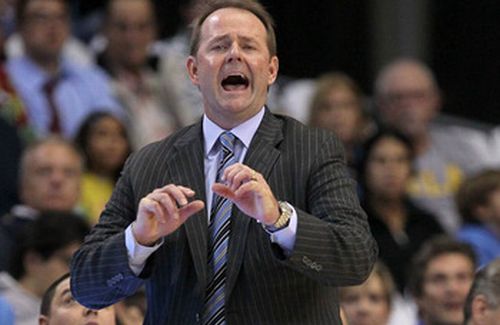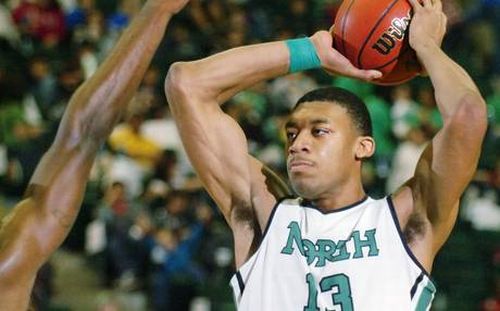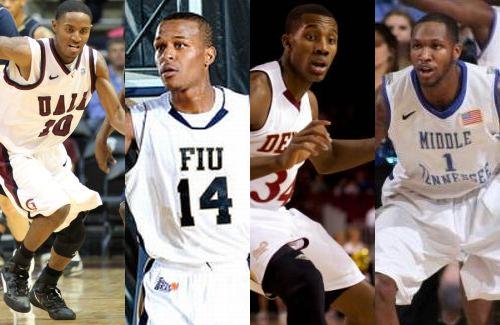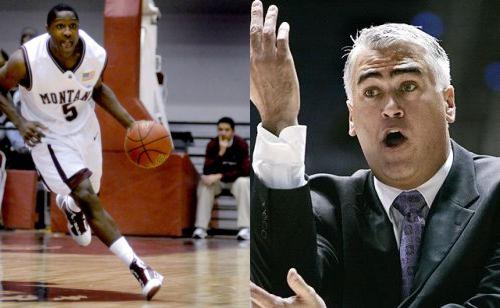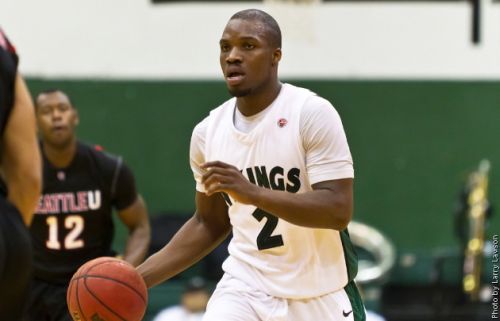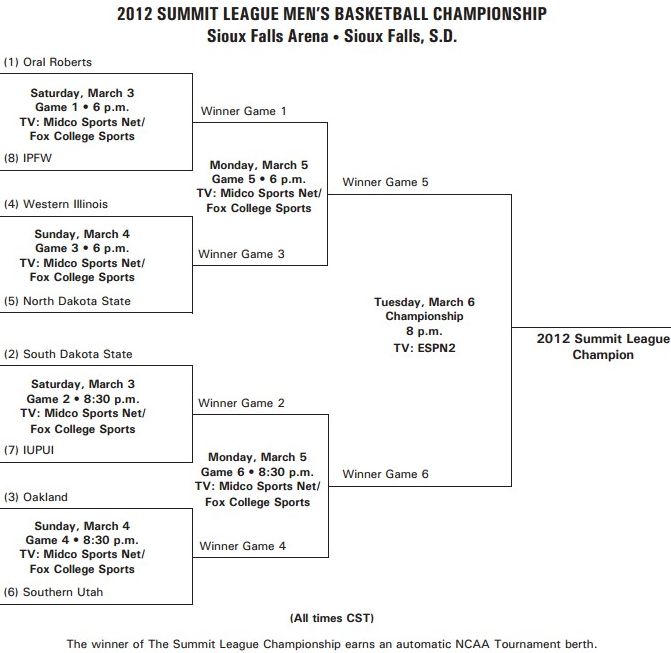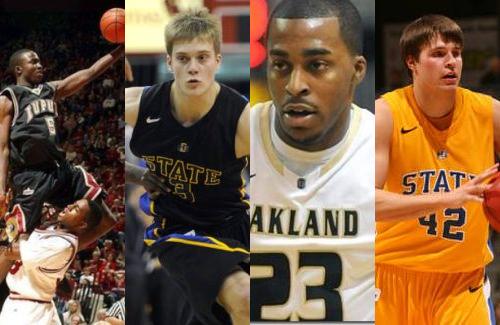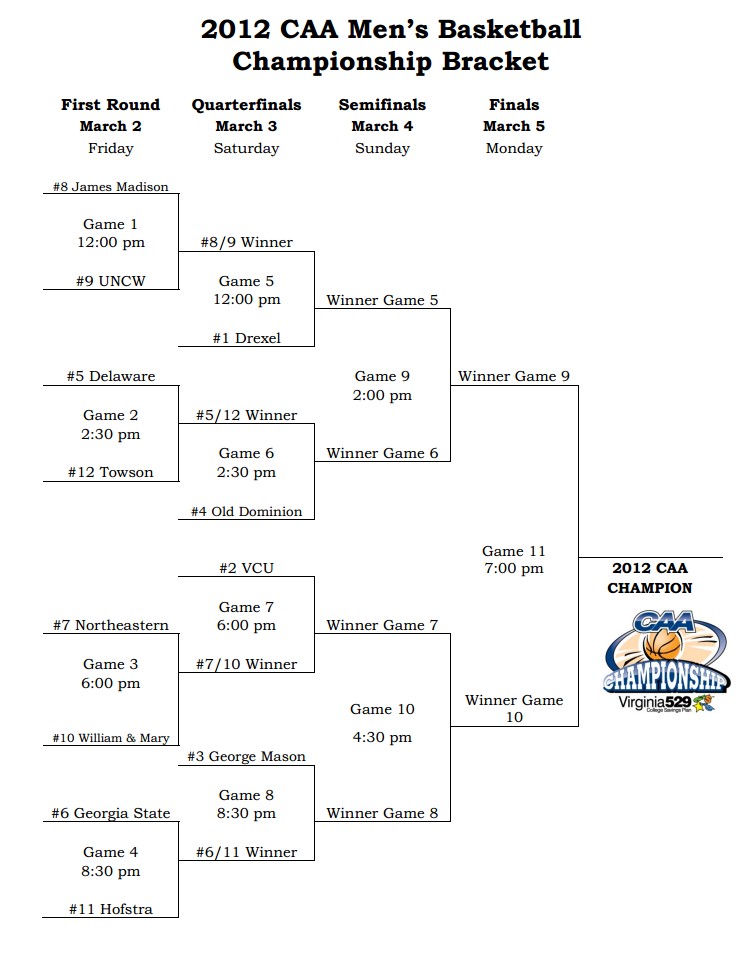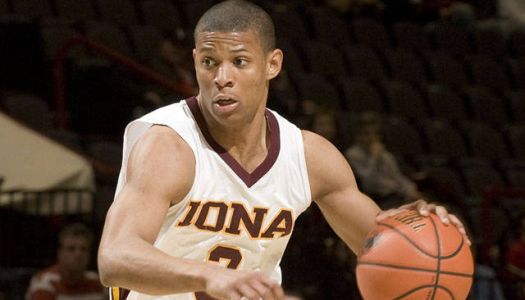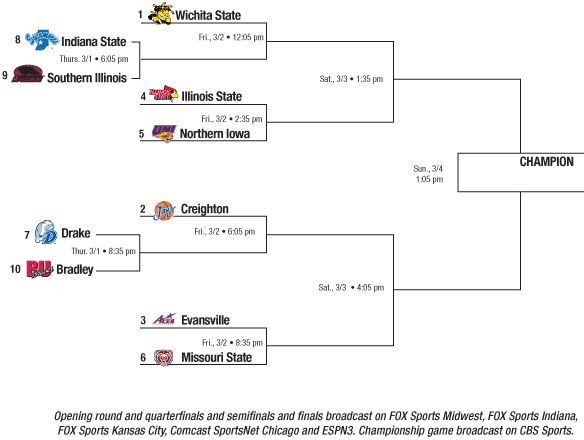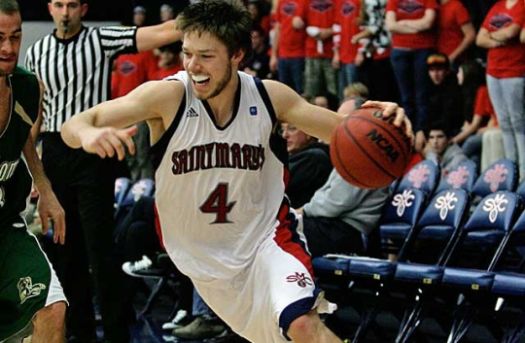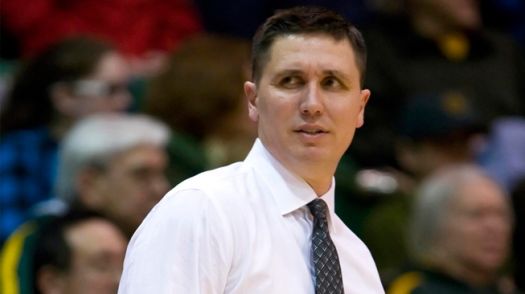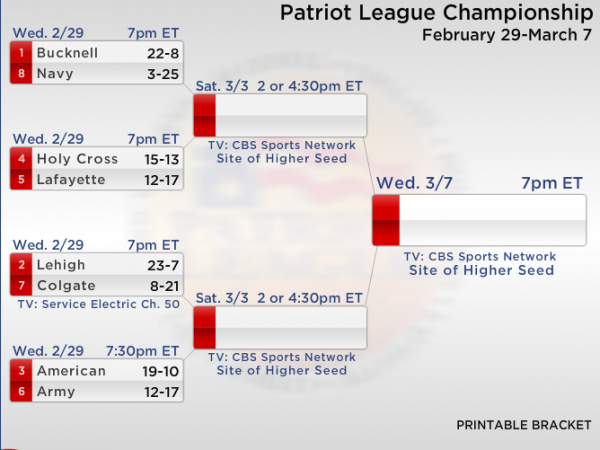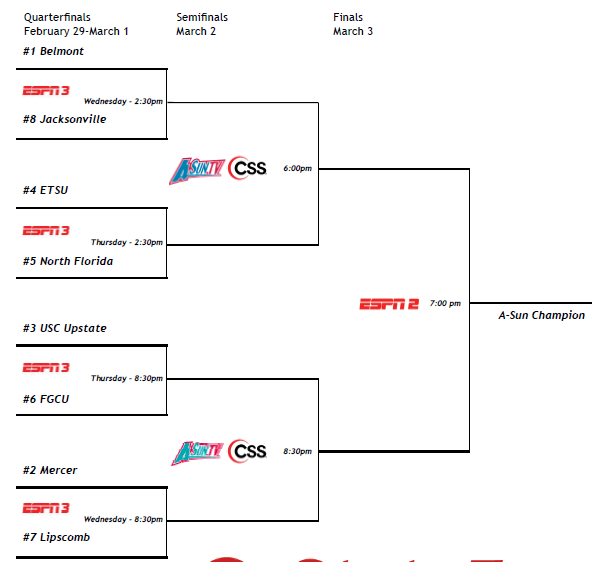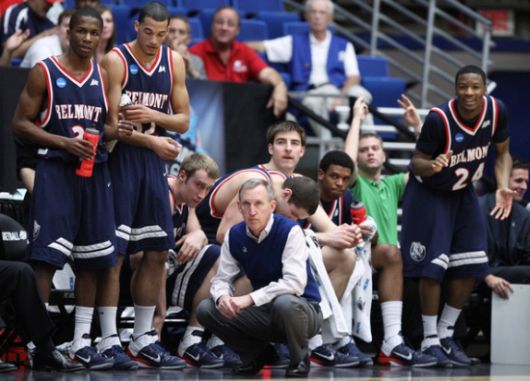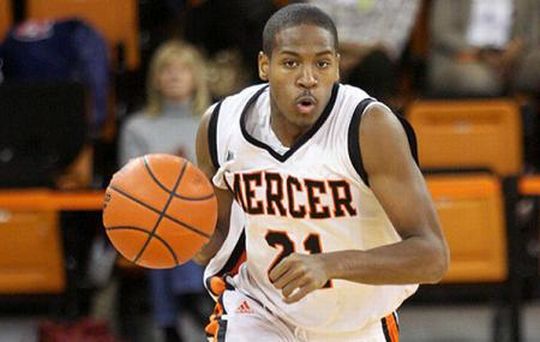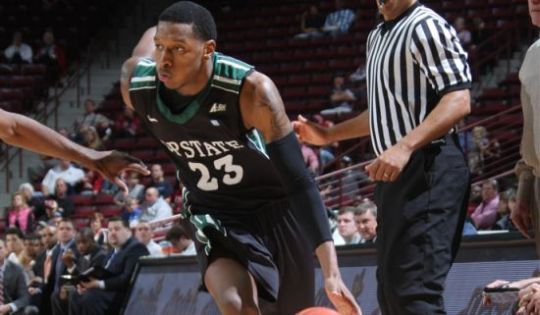Sun Belt Tournament Preview & Season Wrap-Up
Posted by CNguon on March 3rd, 2012Danny Spewak is the RTC correspondent for Sun Belt Conference. You can find him Twitter @dspewak.
Tournament Preview
Sun Belt Tourney Outlook (by seed)
- Middle Tennessee (25-5, 14-2): The heavy favorite to win the tournament, the Blue Raiders have a decent computer profile in case they falter. Still, Kermit Davis won’t want to leave anything to chance.
- UALR (15-15, 12-4): The Trojans won the tournament last year out of nowhere. This year, they can’t sneak up on anybody.
- Denver (21-8, 11-5): By far the scariest team in the league right now. If you watched them play back in November and December, you probably thought they’d win this league running away. Now, they’re starting to play like that again.
- Louisiana (16-14, 10-6): Yes, the ULM loss is ugly, but this team must simply forget about that and move on.
- North Texas (16-13, 9-7): The Mean Green are in a different position in the tournament this year as opposed to 2011. Back then, a senior-laden team was on a mission—a mission that fell short in the final seconds thanks to UALR. These young guys are a little more happy-go-lucky, though, which could be to their benefit.
- South Alabama (16-11, 8-8): The Jaguars are one of the league’s most surprising teams, finishing .500 despite bringing in an entirely new backcourt. Ronnie Arrow definitely has a major sleeper here.
- Western Kentucky (11-18, 7-9): UALR could have a difficult time with WKU in the quarterfinals, especially since the Hilltoppers have nothing to lose and have played well lately.
- Florida Atlantic (11-18, 7-9): Despite this season’s disastrous results, four wins in four days are all Mike Jarvis needs to forget all about it.
- Arkansas State (12-19, 6-10): The Red Wolves probably aren’t as bad as their record suggests, since they’ve lost a lot of close games and have competed somewhat against the top of the league.
- Florida International (8-20, 5-11): In DeJuan Wright’s last stand, maybe his teammates will rally for him.
- Troy (10-17, 5-11): The Trojans closed the season with two straight victories. That counts for something.
Reader’s Take
The Year That Was
- After entering the season in the shadow of East favorite Florida Atlantic, Middle Tennessee dominated the Sun Belt Conference and ran away with the division.
- The slumping Owls fell well short of expectations, but Kermit Davis’ team played masterful defense and pounded the ball inside to LaRon Dendy and J.T. Sulton. This was supposed to be a team with major offensive question marks. And this was supposed to be a program that could never get over the proverbial hump. This season, though, Davis finally elevated the Blue Raiders to the top.
- No team experienced more turmoil than Western Kentucky, which fired Ken McDonald after a lackluster start. Even with one of the league’s youngest squads, Ken Harper took over and immediately instilled a new confidence in his players. Apparently, he impressed somebody at the top. The school gave Harper the reigns as the full-time head coach after originally tabbing him as an interim replacement. Harper led WKU to three wins in its final four games, including an upset of Middle Tennessee in the season finale.
- Arkansas-Little Rock lost Sun Belt Player of the Year Solomon Bozeman to graduation, and the 2011-12 season did not begin with much fanfare. UALR struggled through a difficult non-conference schedule and as Denver flew high in November and December, it appeared the reigning Sun Belt tourney champs may fall flat. We couldn’t have been more wrong. The Pioneers used a late surge to finish with 11 conference wins, but UALR edged them for the West title by playing good old-fashioned Steve Shields basketball all winter.
- We said before the season not to anticipate immediate dominance from Tony Mitchell at North Texas. Again, we couldn’t have been more wrong (that’s a theme here, as you’ve probably noticed). Mitchell averaged a double-double in his first season of collegiate basketball to help keep the Mean Green afloat despite the ineligibility of Chris Jones and Jordan Williams. If Mitchell stays another year, look out.
- Louisiana-Monroe will not compete in the Sun Belt tourney due to a poor academic rating, but it closed the regular season with one heck of a victory. It’s so significant and shocking, in fact, that it’s worthy of inclusion in this section as a part of the overall landscape of the Sun Belt’s 2011-12 season. It was one of those scores that simply makes you shake your head: ULM 78, Louisiana 60. That happened this weekend. In Lafayette, mind you. And remember, ULM has lost 26 games this season. This is the kind of stuff they make Hollywood movies about. Just consider the storylines: 1) it was a rivalry game 2) Louisiana is one of the league’s better squads 3) ULM’s seniors will never play again and the team cannot compete in the postseason 4) it was on UL’s home floor 5) brothers Steven (ULM) and Darshawn (UL) McClellan were playing against each other 6) ULM won by 18 points and 7) ULM has, um, 26 losses this season! By the way, Steven and Darshawn both scored in double figures. Steven may have won, but Darshawn’s team is playing this weekend, so he’s got bragging rights there.
Sun Belt Conference Awards
Player of the Year: Tony Mitchell, North Texas
In some ways, we’re almost hesitant to give this award to a freshman. But Mitchell earned this. He averages a double-double, he’s the best shot-blocker in the league and he changes the game by simply stepping on to the court. Who else in this league can grab 20 rebounds one night, block six shots the next night and then score 30 points the next night? In a league with several terrific stars, Mitchell is an incomparable talent.
Coach of the Year: Kermit Davis, Middle Tennessee
Surprisingly, as much as a slam dunk as this pick may seem, it’s hard to pick against Steve Shields at UALR or Joe Scott at Denver. Still, Davis crafted a team with a lot of new parts into a big winner. He got the most out of Dendy after he transferred from Iowa State and he molded his guards into a really solid unit. In the end, this team played its tail off. It showed.
First-Team All-Conference:
- D’Andre Williams, UALR, Guard: A quintessential leader, this man was the driving force behind the Trojans’ surprising West title this season. They don’t make them like D’Andre Williams anymore: solid, gritty, defensive-minded and able to make his teammates better in every way.
- DeJuan Wright, FIU, Guard: The senior may actually be the league’s most underrated player, despite leading the league in scoring. How’s that for bizarre?
- Chris Udofia, Denver, Forward: Finally, we got one right—we chose Udofia to break out this season, and he certainly did. But frankly, it wasn’t hard to see this coming. As a sophomore, he simply built on his success as a reserve the year before, and with more consistent playing time he became a stud on both ends of the floor.
- LaRon Dendy, MTSU, Forward: Chosen by the league as the Player of the Year, Dendy could put a scare into somebody in the NCAA Tournament. He matches up well with any major frontcourt.
- Tony Mitchell, UNT, Forward: Let’s pray he comes back for another season.






























